In 1897, a full-scale replica of this Ancient Greek temple was built in Centennial Park, Nashville, Tennessee. The Nashville replica is now most famous for its 42-foot-tall statue of the goddess Athena.
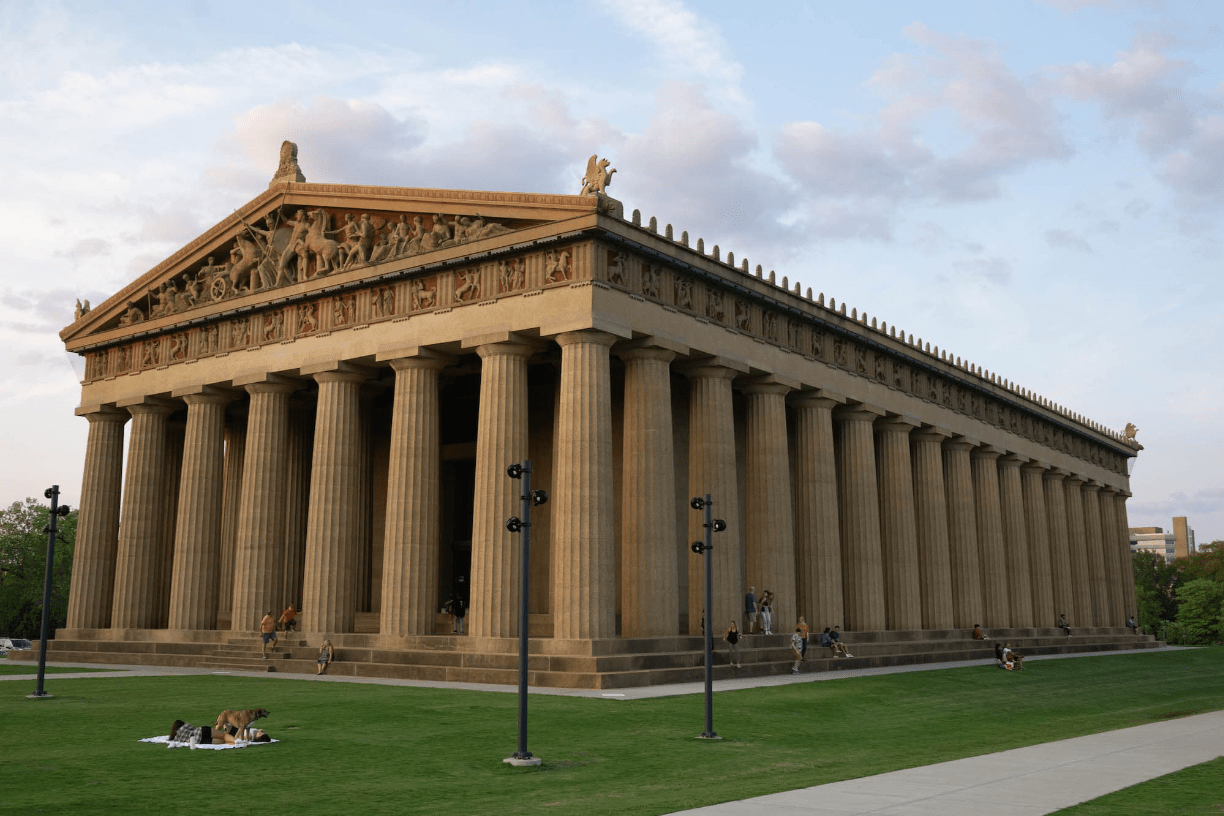
The Parthenon
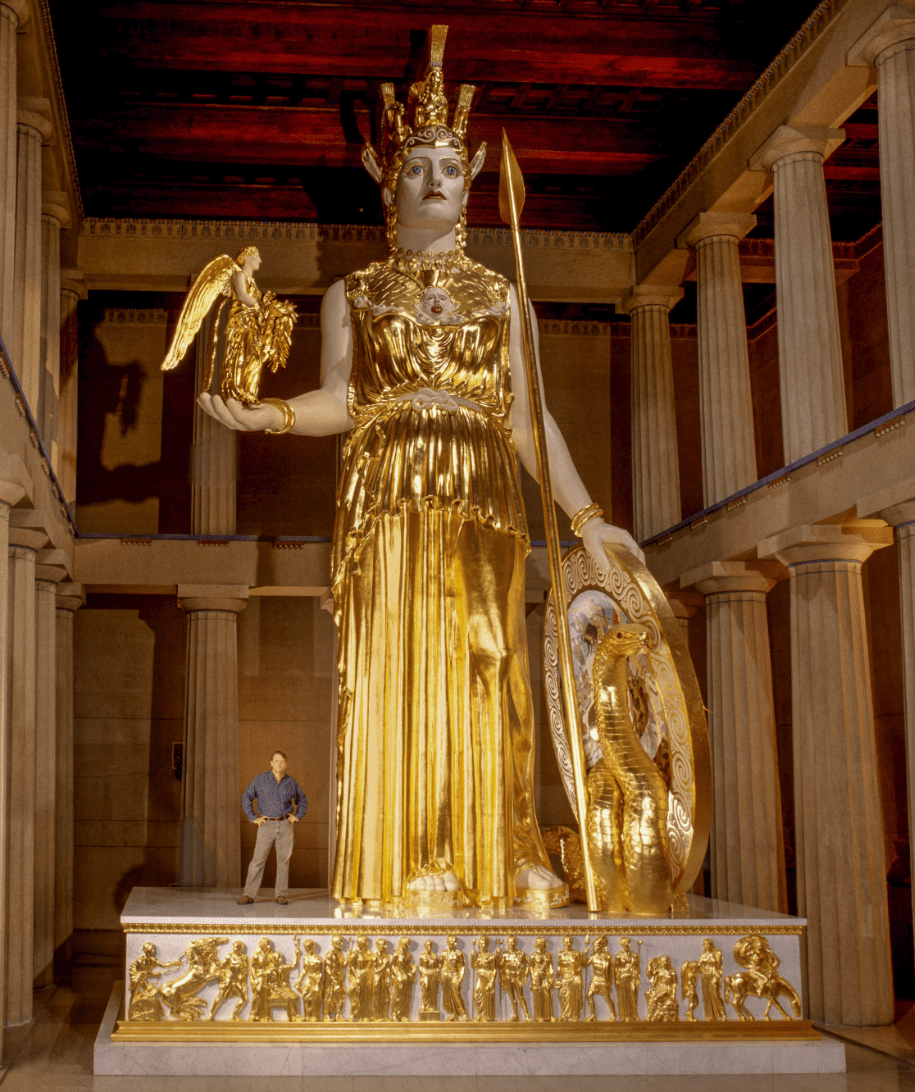
Though his cause of death in 323 BCE is disputed, some theorists suggest this Macedonian king was poisoned.
Alexander the Great
People throughout the ancient world used these bones, sourced from sheep and goats, as game pieces and dice.
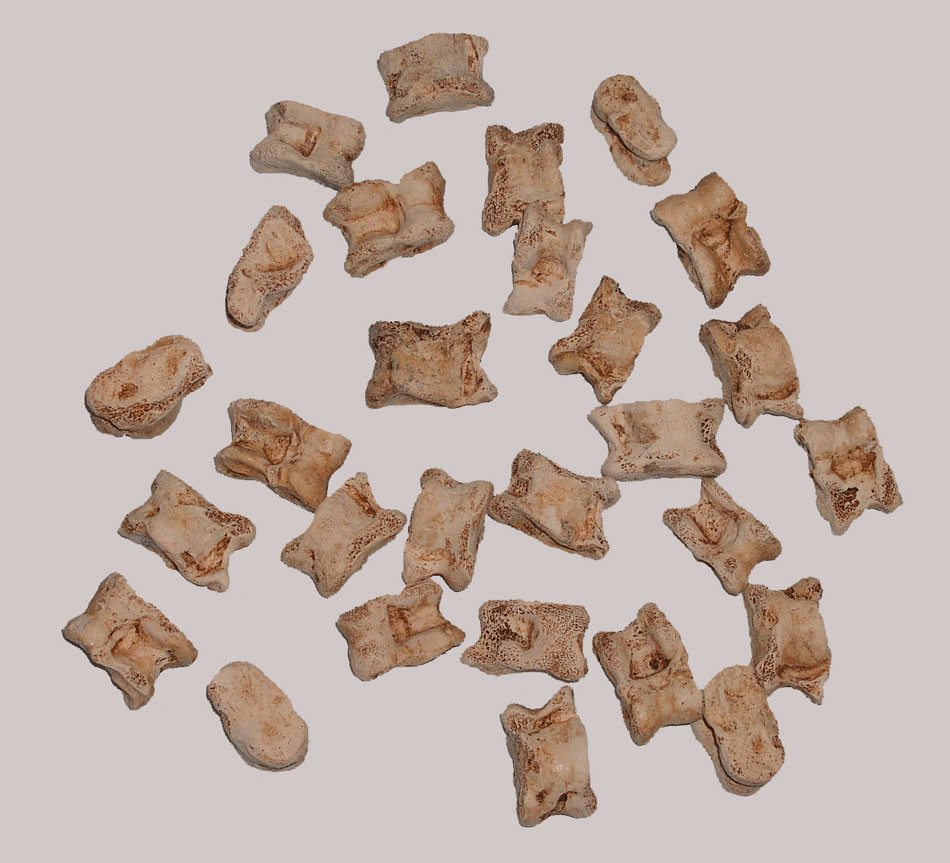
Knucklebones
This ancient Ohioan effigy mound gets its name from its distinctive reptilian shape that slithers through the landscape.
Great Serpent Mound
The cave paintings shown here date to nearly 20000 years ago and come from this cave network in modern-day southwestern France.
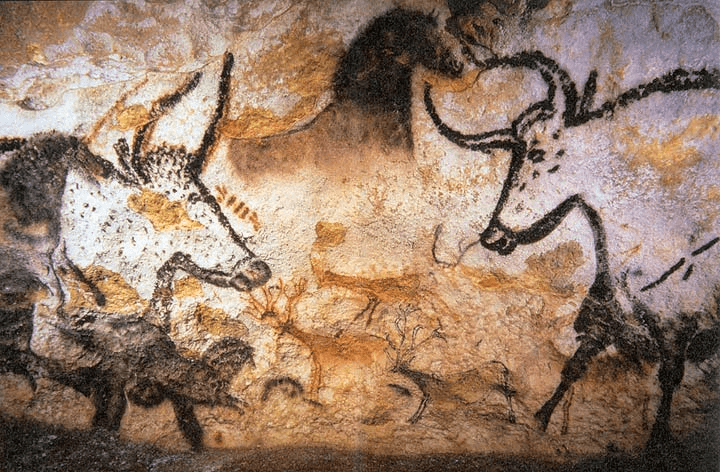
Lascaux
Moai statues, found across this Island, are believed to depict the ancestors of the Rapa Nui Peoples, who have lived on the island for around one thousand years.
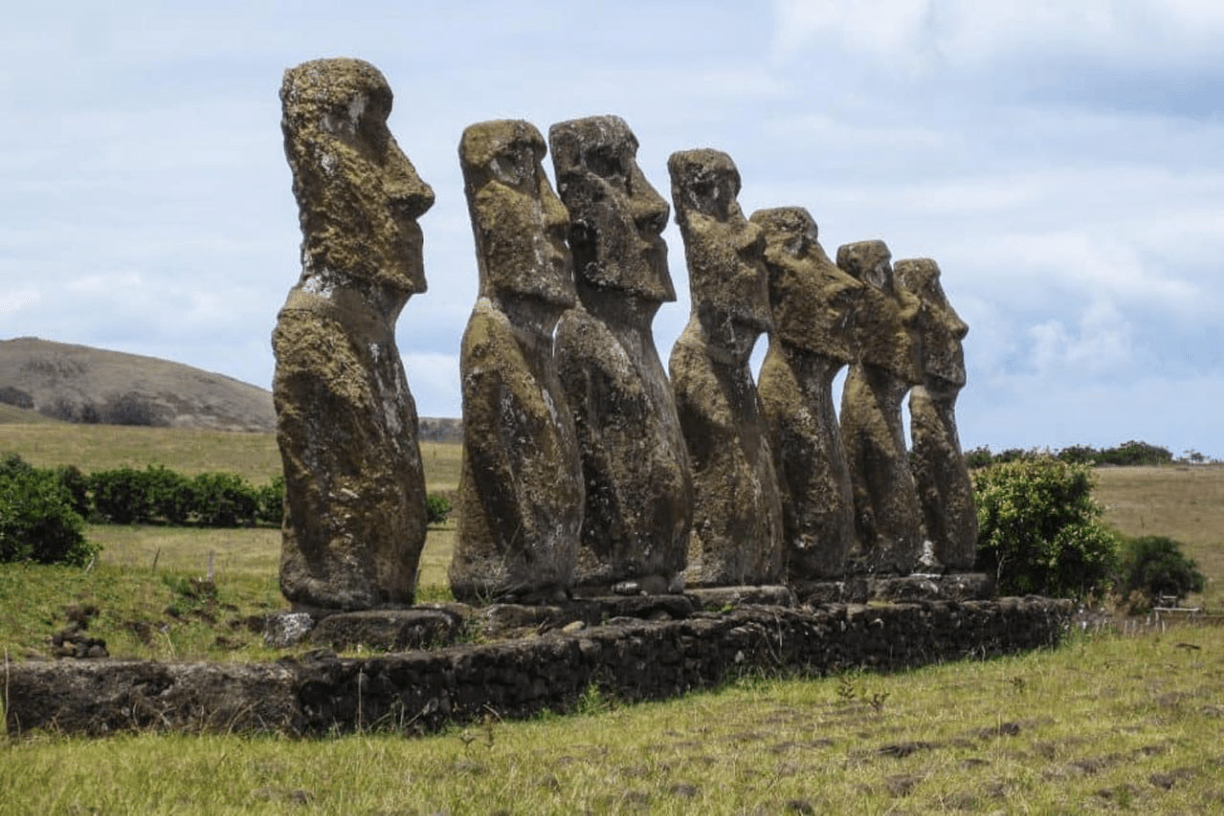
Easter Island (Rapa Nui)
According to this pre-Columbian civilization's customs, ritualistically decapitating the head of an enemy king was considered the most prized offering one could offer the gods.
Mayan Civilization
Not to be confused with the upper chamber of Congress, this Ancient Egyptian board game consists of ten or more pawns on a 30-square playing board.
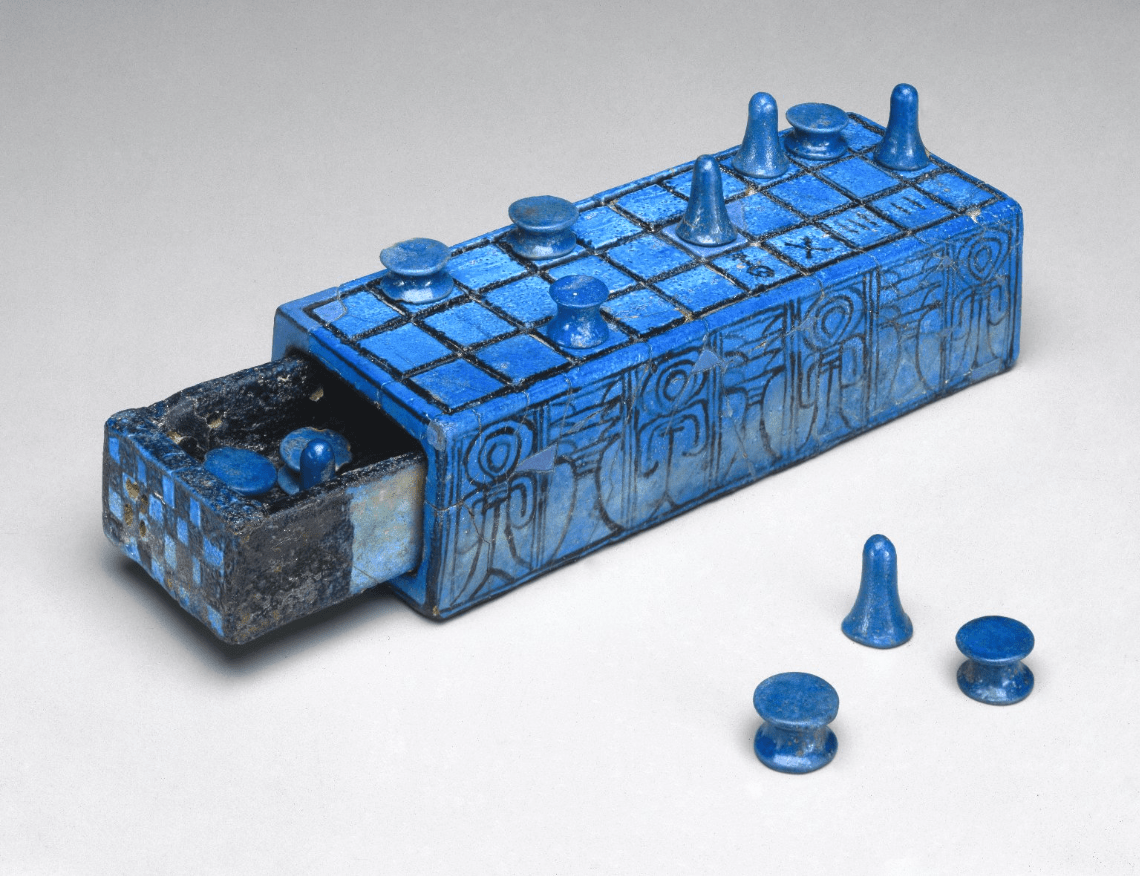
Senet
Mount Nemrut, located in modern-day Turkey, features the remains of massive statues and a giant artificial mound of crushed rock built in the 1st century BCE to serve as King Antiochus I's this.
Tomb
This jar from Ancient Nubia (c.100 BCE - 300 CE) depicts a man leading this kind of animal on a leash. Here's a hint: millions continue to keep these faithful animals as pets.
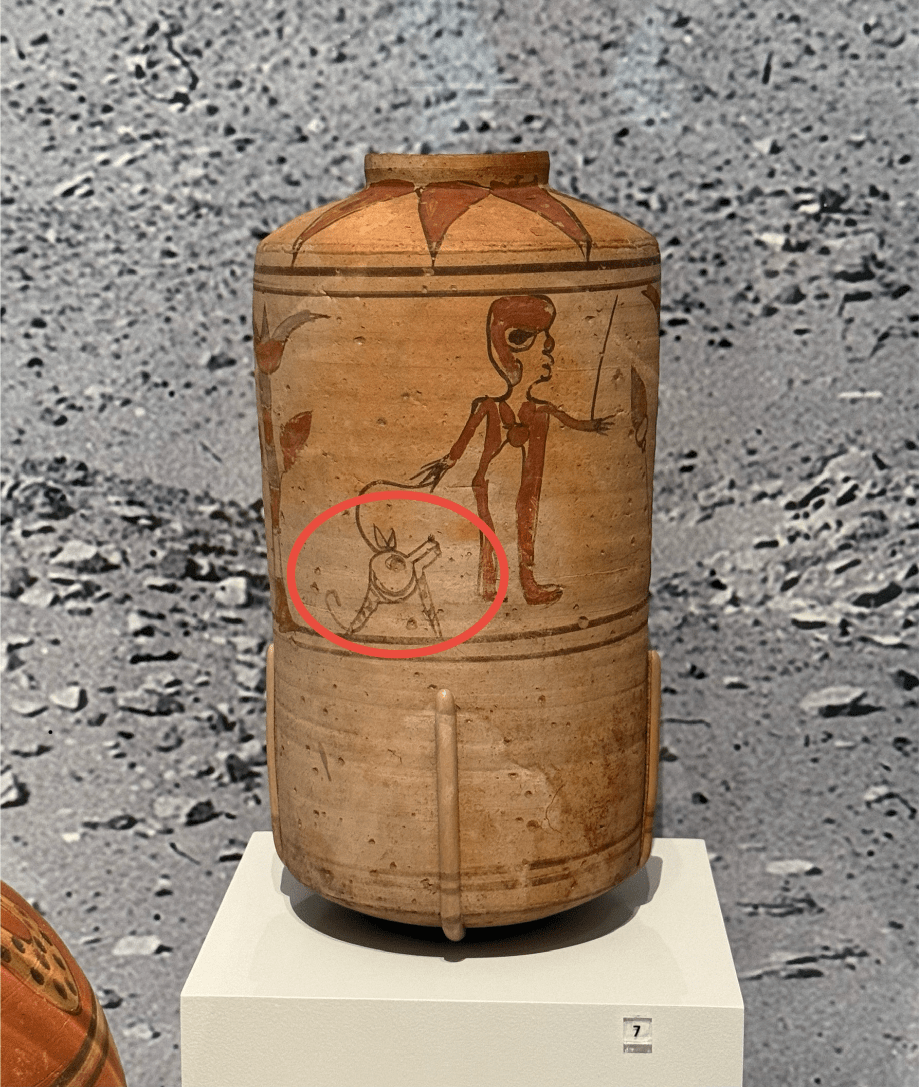
Dog
While less famous than Pompeii, this ancient city was also preserved by the eruption of Mt. Vesuvius in 79 CE and was the first Vesuvian city discovered by archaeologists.

Herculaneum
Qin Shi Huang, the first emperor of China, hired court alchemists to create elixirs of immortality. Ironically, historians theorize poisoning from this metallic element found in Qin Shi Huang's elixirs contributed to his early death at the age of 49.
Mercury
"The Mesoamerican ballgame" is the term for any ritualistic pre-Columbian ballgame played using a ball made of material sourced from this kind of tree found in lowland tropical zones.
Rubber Tree
Silbury Hill, located in this modern-day country, is the largest artificial prehistoric mound in Europe. Unfortunately for researchers, no one knows what purpose it served!
England
The famous "Blue Monkey Fresco" comes from this pre-historic Minoan city, which residents left abandoned following a volcanic eruption in the 16th century BCE.
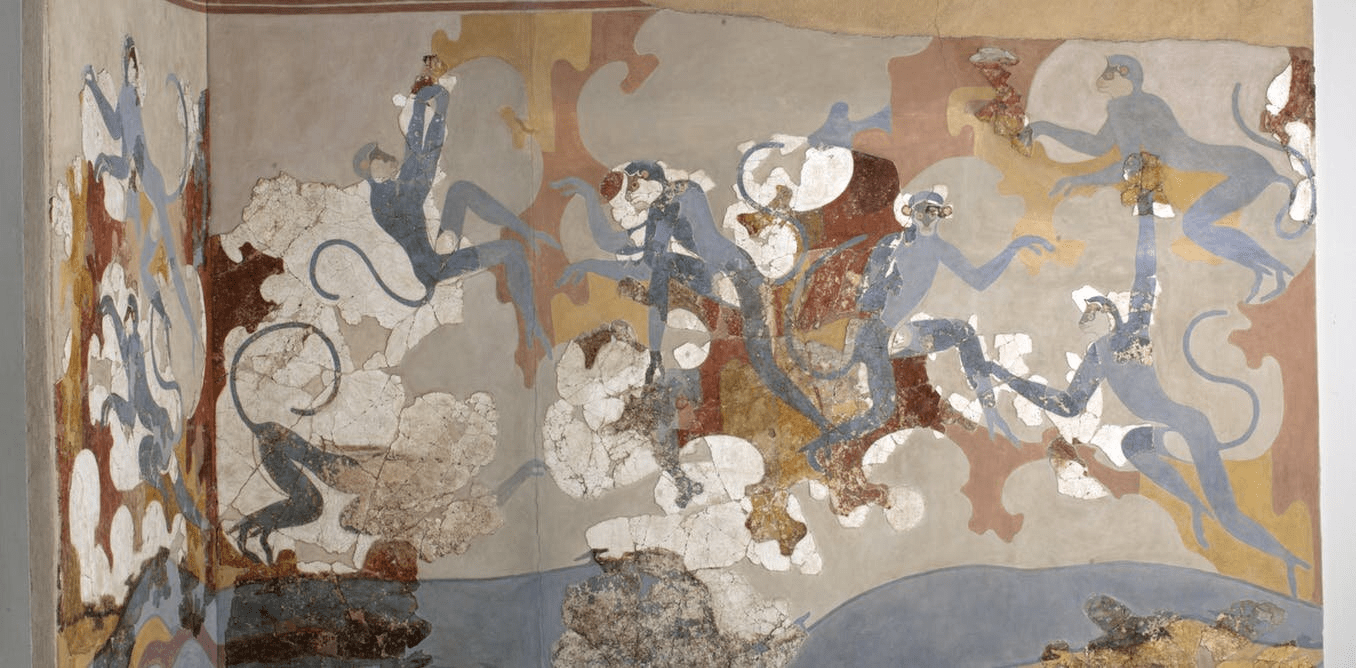
Akrotiri
Now located in Berlin, this massive gate once stood in the inner city of Babylon and was thought to protect its residents from invasion.
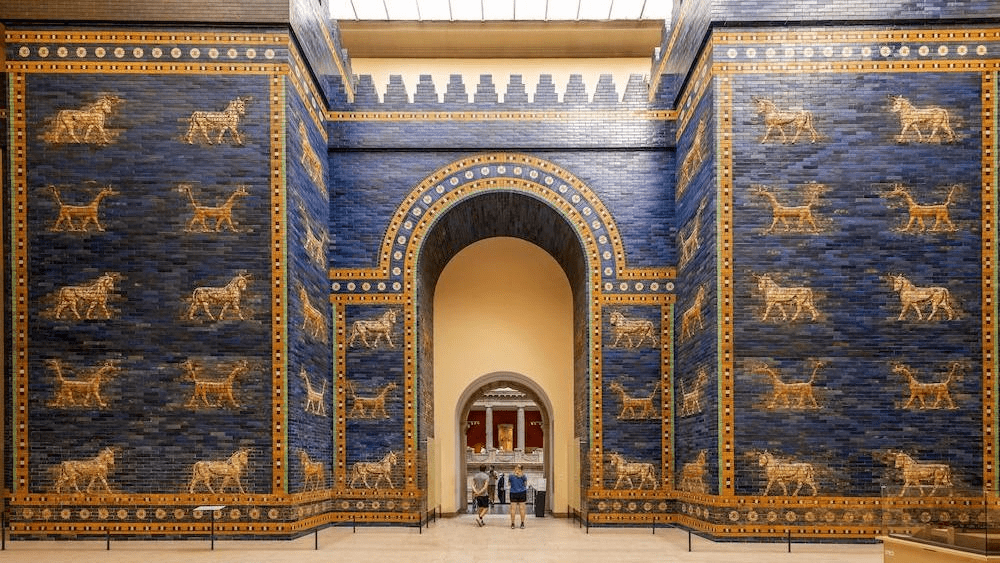
Ishtar Gate
Sennacherib of Assyria was murdered in a court conspiracy in 681 BCE after he sacked and destroyed this southern Mesopotamian city. Needless to say, Marduk was not on his side.
Babylon
These Panhellenic Games, which included athletic and musical competitions, were held every four years at the Sanctuary of Delphi in honor of the god Apollo.
Pythian Games
In Middle Eastern archaeology, this term refers to an artificially raised mound marking the site of an ancient city.
Tell
While archaeologists originally thought the Mesopotamian Pre-Dynastic object shown here depicted a ram caught in a thicket, modern scholars believe it actually represents this other four-legged animal known to stand on its hind legs when it eats tree leaves.
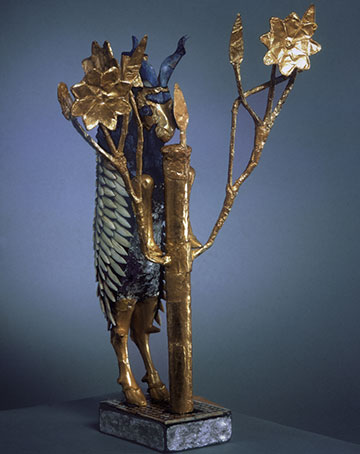
Goat
Located at the site of Petra and featured in the 1989 movie Indiana Jones and the Last Crusade, this building's name is a misnomer since archaeologists now believe it was an ancient tomb.
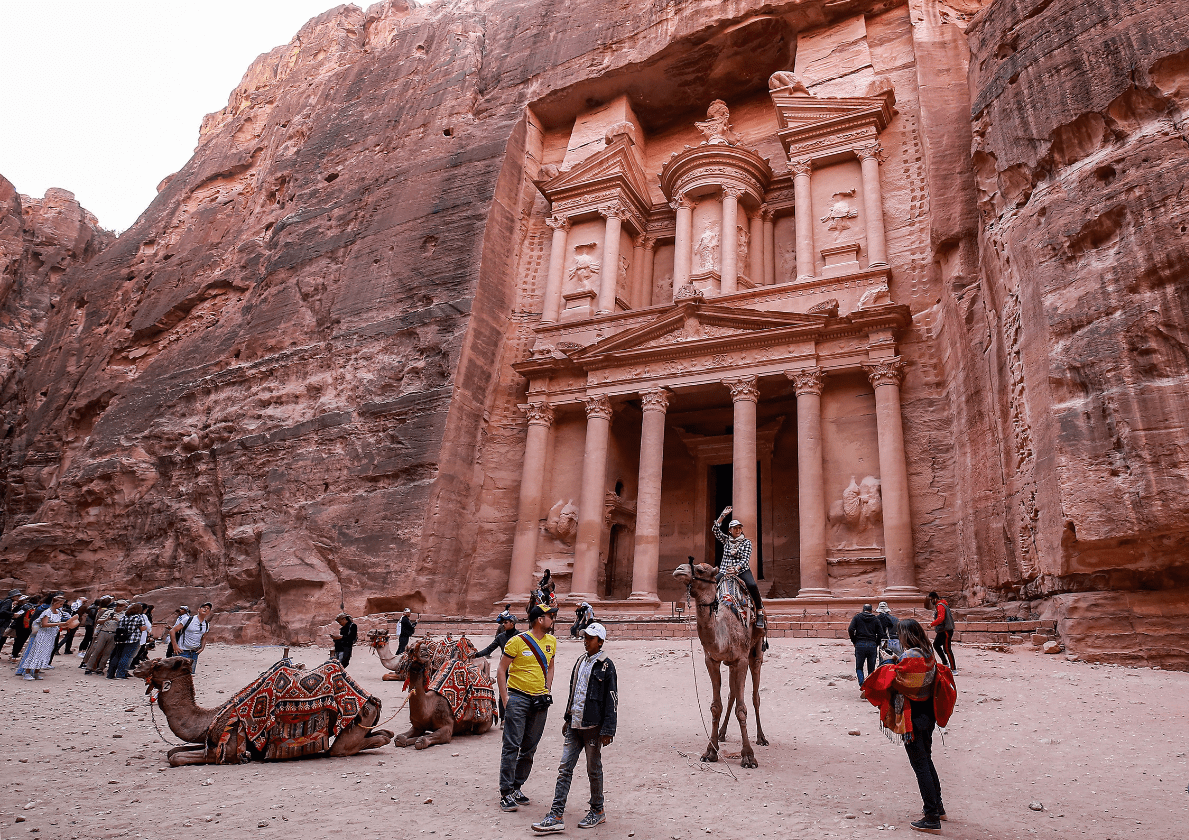
The Treasury
While it was long believed that King Tut died at the age of 18 from an infection caused by a broken leg, scientists have since found evidence that this mosquito-borne infectious disease may have contributed to the Pharaoh's poor health.
Malaria
Archaeologists consider the Royal Game of this ancient Mesopotamian city the oldest playable board game in the world.
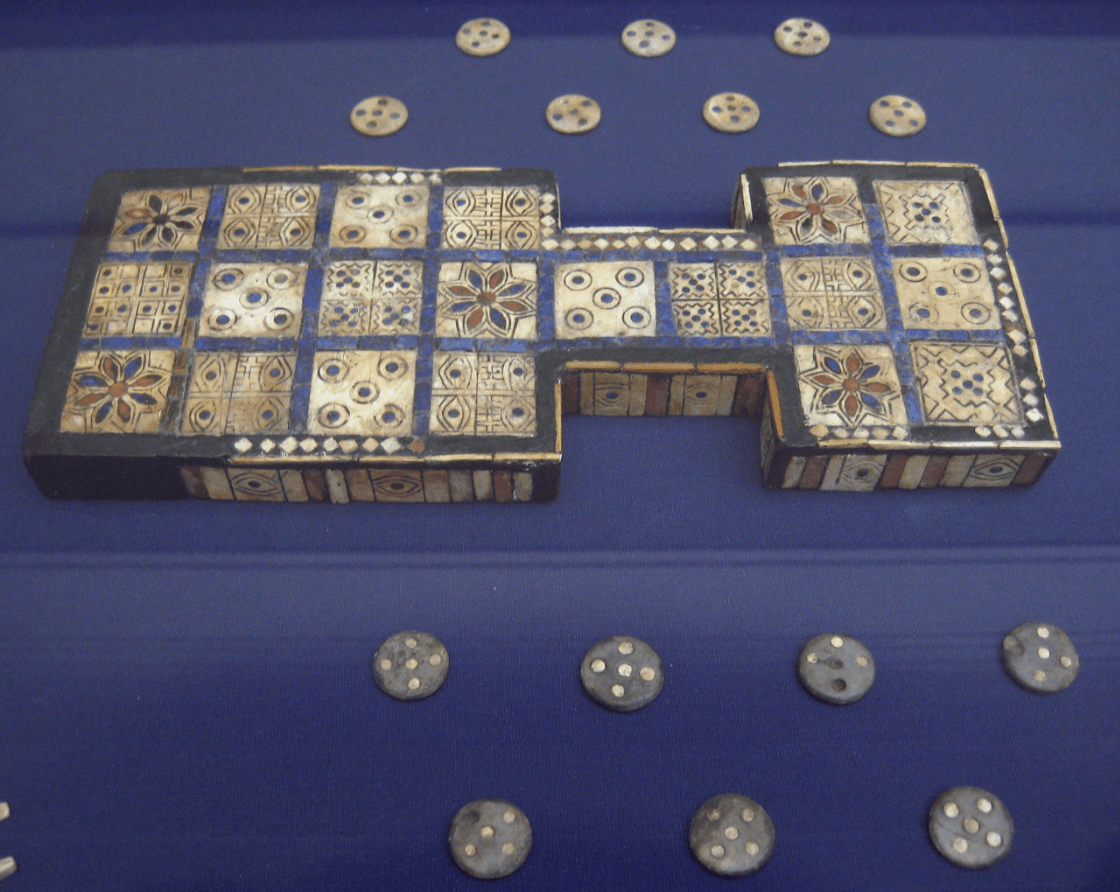
Ur
This site, located in modern-day southwestern Illinois, is famous for its many large mounded structures built by an Indigenous American community between c.900 and 1350 CE.
Cahokia
According to Olmec tradition, the Were-this animal was a half-man-half-large cat supernatural being that some scholars speculate was an Ancient Mesoamerican rain deity.
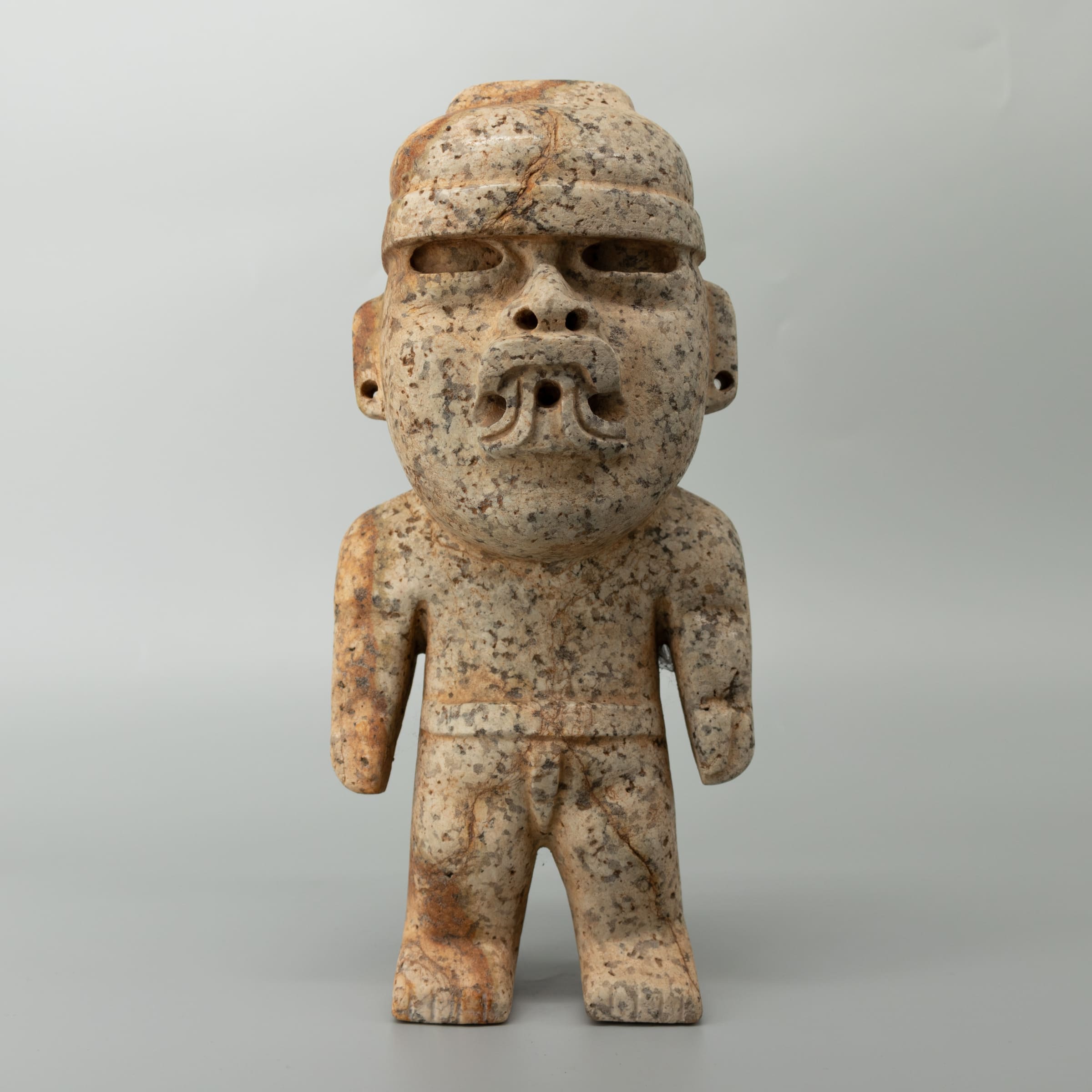
Jaguar